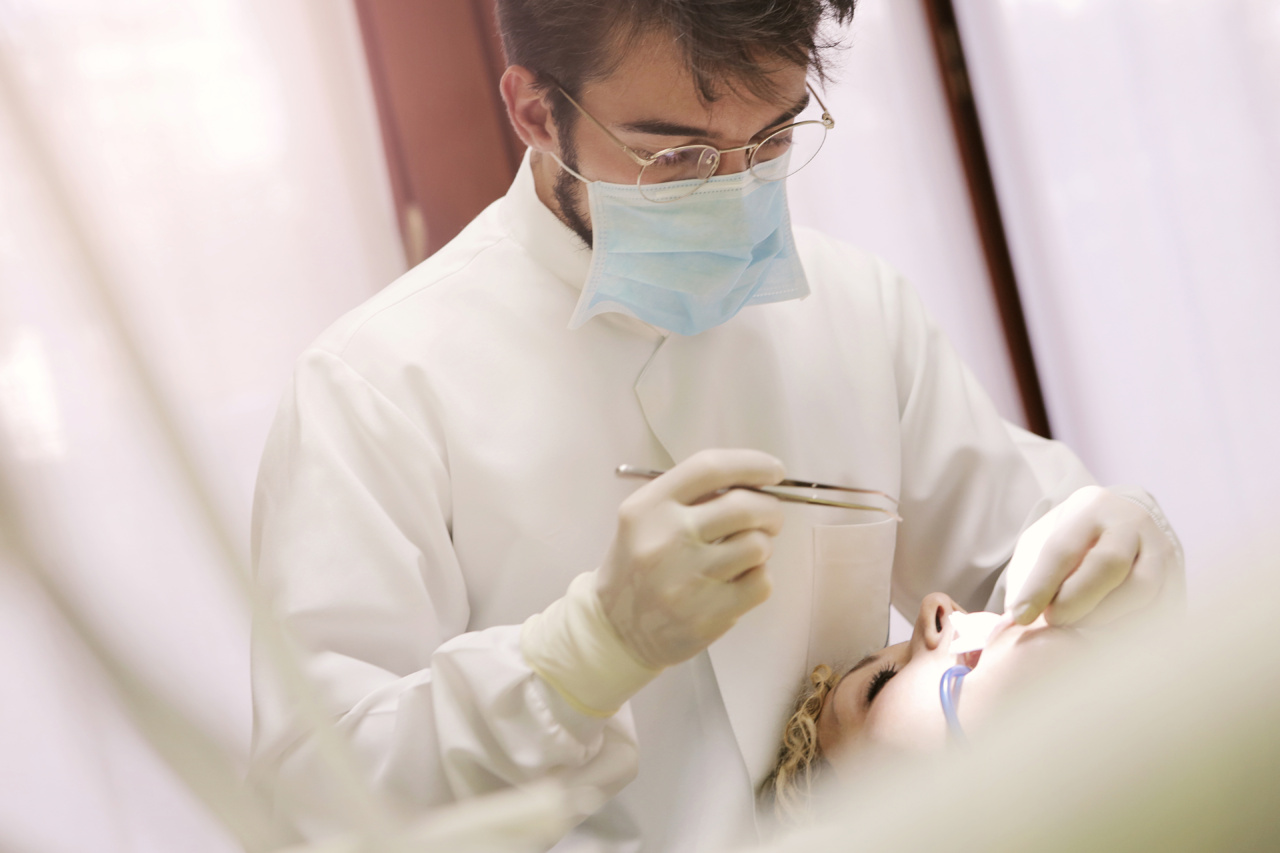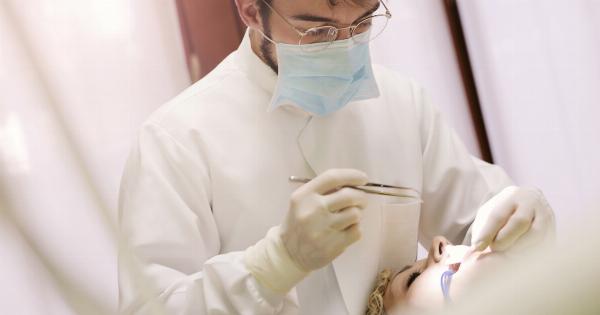Infertility affects millions of couples worldwide, and while it is often assumed to be an issue solely related to women, male infertility can also be a significant factor.
In fact, research has shown that male infertility is responsible for approximately 40% of cases. Fortunately, scientists and medical professionals are continually working on new treatment options to help men overcome this challenge. In this article, we will explore the hottest research on male infertility treatment options.
1. Assisted Reproductive Technologies (ART)
Assisted Reproductive Technologies, such as in vitro fertilization (IVF) and intracytoplasmic sperm injection (ICSI), have revolutionized the treatment of male infertility.
In IVF, eggs are retrieved from the female partner and fertilized with sperm in a laboratory dish, after which the resulting embryos are transferred to the woman’s uterus. ICSI involves the injection of a single sperm directly into an egg to achieve fertilization.
2. Testicular Sperm Extraction (TESE)
Testicular Sperm Extraction (TESE) is a procedure used to retrieve sperm directly from the testicles in men who have a blockage preventing the sperm from reaching the semen.
This technique allows men with severe sperm production issues or obstructive azoospermia to have a chance of fathering a child.
3. Medications
In recent years, researchers have been investigating the potential of certain medications to improve sperm production and quality.
For example, clomiphene citrate, commonly used to stimulate ovulation in women, has shown promise in stimulating sperm production in men. Similarly, antioxidants such as vitamin E and coenzyme Q10 have been studied for their potential to reduce oxidative stress and improve sperm function.
4. Stem Cell Therapy
Stem cell therapy is a rapidly evolving field of research with the potential to revolutionize male infertility treatment.
Scientists are exploring the possibility of using stem cells to regenerate damaged testicular tissue or replace dysfunctional sperm cells. Early studies in animals have shown promising results, but further research is needed before this treatment option becomes widely available.
5. Genetic Screening and Diagnosis
Advances in genetic screening and diagnosis have provided valuable insights into the underlying causes of male infertility. By identifying specific genetic abnormalities, doctors can personalize treatment plans and offer more targeted interventions.
Additionally, genetic screening can help identify risks of passing on genetic disorders to offspring and enable couples to make informed decisions regarding assisted reproduction.
6. Lifestyle Modifications
Research has consistently shown that certain lifestyle factors can significantly impact male fertility.
Adopting a healthy lifestyle that includes regular exercise, a balanced diet, and avoiding smoking and excessive alcohol consumption can improve sperm quality and overall fertility. Furthermore, managing stress levels and getting enough sleep have also been linked to enhanced reproductive health.
7. Microsurgical Sperm Retrieval Techniques
Microsurgical sperm retrieval techniques, such as microdissection testicular sperm extraction (micro-TESE), offer improved chances of finding viable sperm in men with non-obstructive azoospermia.
These advanced surgical methods use high-powered microscopes and meticulous dissection to locate and extract individual sperm cells, even in cases with very low sperm production.
8. Acupuncture
While the evidence behind acupuncture as an effective treatment for male infertility is still limited, some studies suggest that acupuncture may have a positive impact on sperm quality and motility.
Acupuncture may help improve blood flow to the reproductive organs, reduce stress levels, and regulate hormone levels, all of which can contribute to improved fertility.
9. Artificial Testicles
Researchers are now investigating the possibility of using artificial testicles to restore fertility in men who have undergone testicular removal due to cancer or other medical conditions.
These artificial testicles would aim to replicate the function of the natural testes, producing sperm cells and hormones required for reproduction.
10. Nanotechnology
Nanotechnology holds great promise in the field of male infertility treatment. Researchers are exploring the use of nanomaterials to deliver medications directly to the testes or sperm cells, potentially enhancing the effectiveness of drug therapies.
Nanotechnology-based diagnostic tools are also being developed to improve the accuracy and efficiency of semen analysis.






























